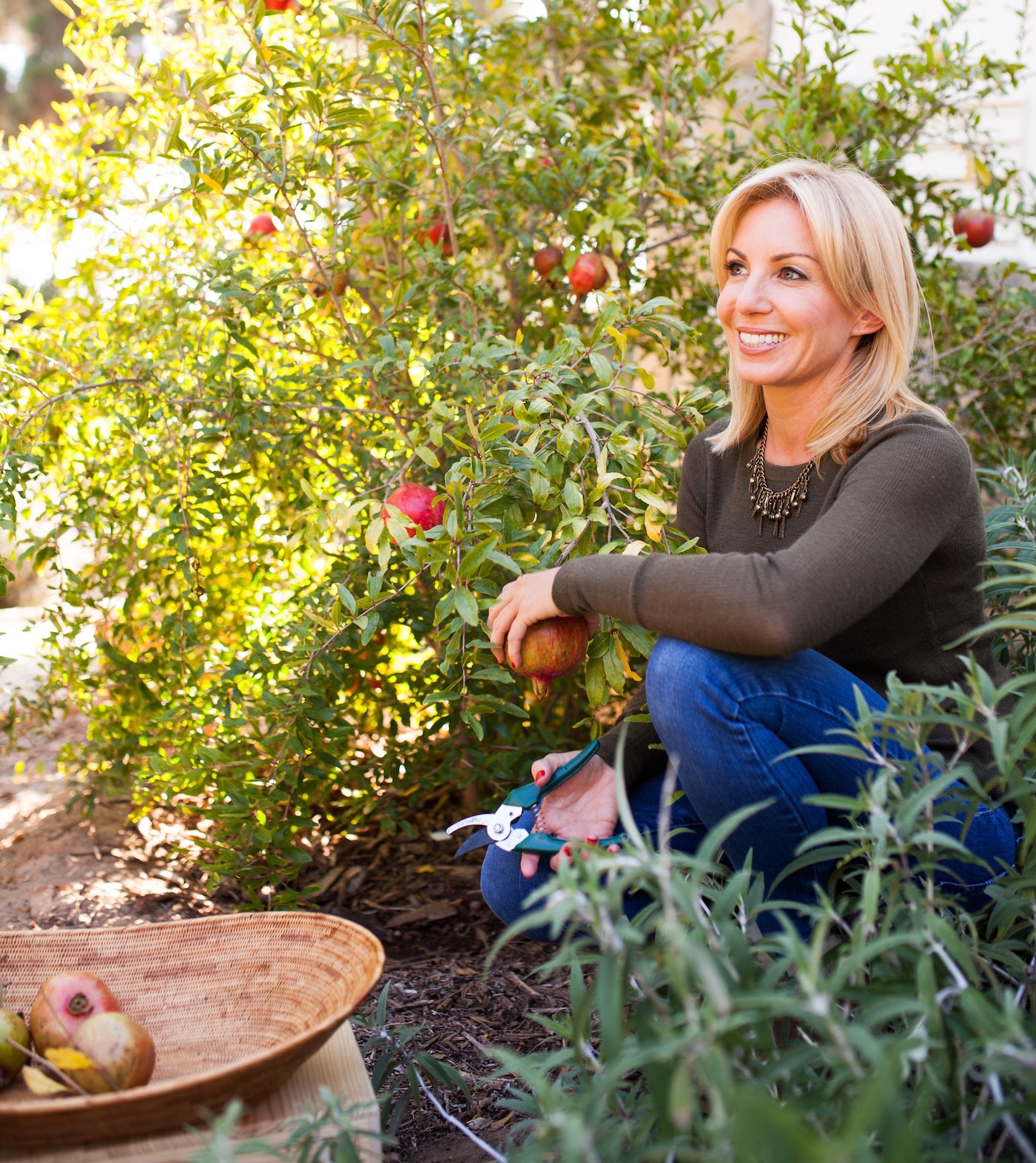The Time to Plant Your COVID Victory Garden is Right Now

“The glory of gardening: hands in the dirt, head in the sun, heart with nature. To nurture a garden is to feed not just the body, but the soul.” – Alfred Austin
Couldn’t we all use some nurturing right now? Planting and harvesting your own food is rewarding and even more so now, with fewer trips to the grocery store, increased nutrients, reduced stress, and most importantly, there is much joy to be found in the dirt.
Never gardened before? Not to worry! It can be hard to know where to start, but the Santa Barbara climate makes it easy to have success. Here are some of my tried and true tips to help you tackle the down and dirty of summer gardening.
Location! Location! Location!
Summer veggies need full sun, that’s more than six hours per day. Wherever you plant, even if it’s just a few terra-cotta pots nestled outside your kitchen window, check for those sun-blocking barriers that will cast shade on your situation.
It’s a good call to plant near access to a water source to avoid dragging watering cans across the yard each time your plants need a drink.
If a big commitment scares you, you can start out with large terra-cotta pots fitted with a hole for drainage. If you’re ready for more there are great kits on the market that you can assemble with a quarantine friendly partner.
Try to make the beds up to 32” high to deter rabbits, accommodate root systems, and save your back. Beds should be lined with gopher wire and sprinkled with perlite. Perlite helps to break down the clay laden Santa Barbara soil. Fill the beds with a combination of your own garden dirt, finished organic compost, and organic potting soil.
Pick Your Plants
My criteria for my garden is to plant varieties that are special, grow well in our climate, and most importantly, are products that my family will actually eat.
If I could have only 10 things in my summer garden, this would be the list:
Dragon Tongue Beans
Kentucky Wonder Wax Pole
San Marzano Tomatoes
Sun Gold Tomatoes
Nygous Tomatoes
Lemon Verbena
Thai Basil
Lemon Cucumber
Rosa Bianca Eggplant
Grey Zucchini
Nursery Shopping
We’re lucky to have many beautiful garden nursery shops in Santa Barbara with organic offerings. My first stop is always Island Seed and Feed – the staff is extremely knowledgeable and very helpful.
Healthy soil is the most important investment in planting success. You’ll want to pick up the best quality organic potting soil possible, something rich in friendly bacteria. An organic mulch of a fine to medium weight should also be on your list as it helps to keep weeds at bay and maintain a healthy and nutrient-rich soil.
I think it’s best to start a garden with seedlings (or transplants) over seeds, as seeds are most successfully propagated in a greenhouse where the temperature is controlled and birds kept at bay. Seedlings are sold in packs of six, or individually in 4 x 4” containers, and can be easily plugged into your soil. There is insurance in planting in multiples, especially if it’s something you are really excited about, as not all seedlings will make it.
Time to Plant!
Morning is the optimal time to plant and water during these warm Santa Barbara days since the cooler temperature of the morning helps the plants adjust to their new environment.
Dig holes wide enough to fit the root ball in the prepared bed, following tag instructions and guidelines for space; remove plants from the container by squeezing the plastic to loosen and hold the stem, gently turn upside down and use gravity to tease them out. Loosen any impacted roots on the bottom of the root ball and place the plants into the holes, move the soil around the base of the plant to snuggle in the start and then give it a good watering.
Anytime I plant something new, I add a little organic fertilizer. This helps to give the new plant a little boost. Think of it as a shot of espresso first thing in the morning. Fertilizers have different directions so just follow the instructions on the box or bag.
Don’t forget to secure the plant tag so you don’t forget what you planted or else you might get your spicy peppers mixed with the sweet.
Next, add a 2”-3” blanket of mulch. This is especially important in the hot summer months because it helps to seal in moisture so you don’t have to water as frequently. If you have a good coverage of mulch, you will only need to water your plants once or twice a week. The mulch also helps to keep weeds at bay and the added bonus of making the beds look tidy.
Care and Maintenance
Even with sheltering in place, I still find myself busy cooking meals, caring for the animals, and logging into Zoom meetings. Set a date two times a week to water and check on your plants. I actually write these dates in my appointment calendar. This will allow you to inspect the critter situation and watering needs of your plants. If you dig down a few inches and the soil is damp to the touch you don’t need to water. Overwatering dilutes the flavor of your vegetables.
Soon you will be enjoying summer’s bounty. For garden-fresh recipes and tips, come on over to eat-drink-garden.com.







